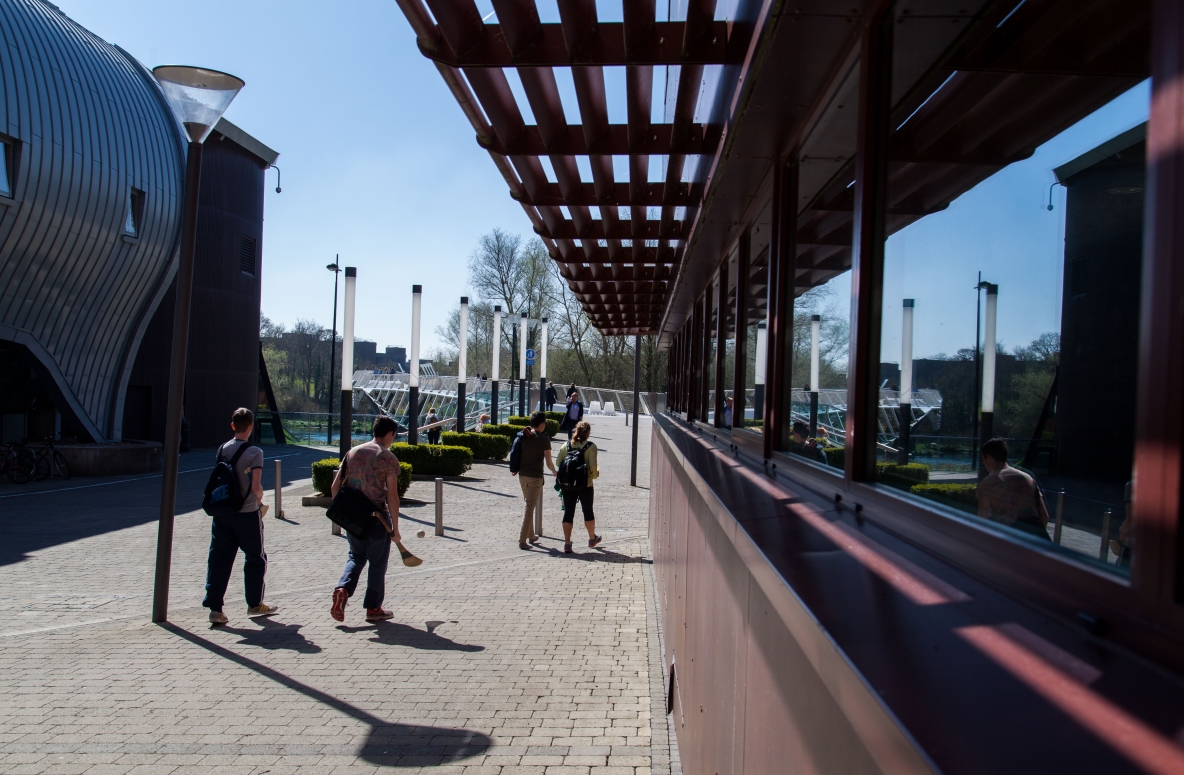
New University of Limerick research has revealed that most treatments being offered to teenagers with persistent back pain are ‘outdated’ and ignore ‘big picture’ issues.
The study, carried out by researchers at University of Limerick along with colleagues in the UK and Australia, has shown that new approaches to tackling back pain are not being tested among teenagers.
The research, published in the European Journal of Pain, reveals that there is a lack of treatments addressing the needs of teenagers with persistent nonspecific back pain.
It shows specifically that treatments for adolescents with persistent back pain have primarily relied upon an outdated, biomechanical explanation of persisting pain. Rather, treatment should align with current recommendations that both mind and body be addressed when back pain is present.
Back pain is the biggest cause of disability in the world, and it starts for many people when they are teenagers. In fact, teenagers can suffer considerably with back pain, missing out on school, sports, and social engagement.
There was a time when it was assumed that back pain in teenagers was caused mostly by physical factors such as posture and heavy schoolbags. However, it is now accepted that back pain is influenced by factors such as sleep, physical activity, mood, and stress.
This more holistic understanding of back pain has led to a range of innovative treatments being offered to adults with low back pain, treatments which consider not just the back, but also the person’s overall health and well-being.
However, the scoping review carried out by the UL team, led by PhD researcher Sara D Hauber and Professor Kieran O’Sullivan of the School of Allied Health and the Health Research Institute at UL, has shown that these new approaches are not being tested among teenagers with back pain.
Instead, most treatments being offered to teenagers with back pain tend to ignore the ‘big picture’ issues such as sleep, mood, stress, and relationships.
“Traditional approaches such as exercise can play a useful role in helping teenagers with back pain,” explained PhD researcher Sara D Hauber.
“However, exercise alone is rarely enough, and we have good evidence that other factors can have a major impact on a person’s pain.”
According to co-author Professor Kieran O’Sullivan there may be several reasons for the lack of treatments addressing the needs of teenagers with back pain.
“First, this may partly reflect old-fashioned ideas about what causes back pain, where the latest science is not fully appreciated. In this scenario, we spend too much time worrying about which specific exercise is best, rather than acknowledging almost all exercise is good, and we should also consider ‘other stuff’ going on in their life.
“Secondly, the way healthcare services are offered, and how professionals are trained, makes a ‘joined-up’ approach to treating back pain difficult and it rarely looks at the whole person.
“For example, if a teenager has back pain, poor sleep, and low mood – each of which might be connected – they may be seeing multiple healthcare professionals, each of whom is trained to treat only one or two of these symptoms, often only for a short period of time, and who are likely unable to communicate with each other easily using electronic health records.
“To help teenagers with back pain recover better, we need to trial these new treatments, and to structure healthcare in a way where physical and mental health are considered together,” Professor O’Sullivan explained.
The new research builds on previous studies carried out at UL by Professor O’Sullivan that have challenged previously accepted thinking on the treatment of back pain.
One recent study showed that people who received personalised treatment, which specifically matched their health needs, did better than those who received similar recommended care in a non-personalised manner, while another demonstrated that that common understanding of ‘proper’ sitting posture was outdated and may in fact hinder the treatment of back pain.